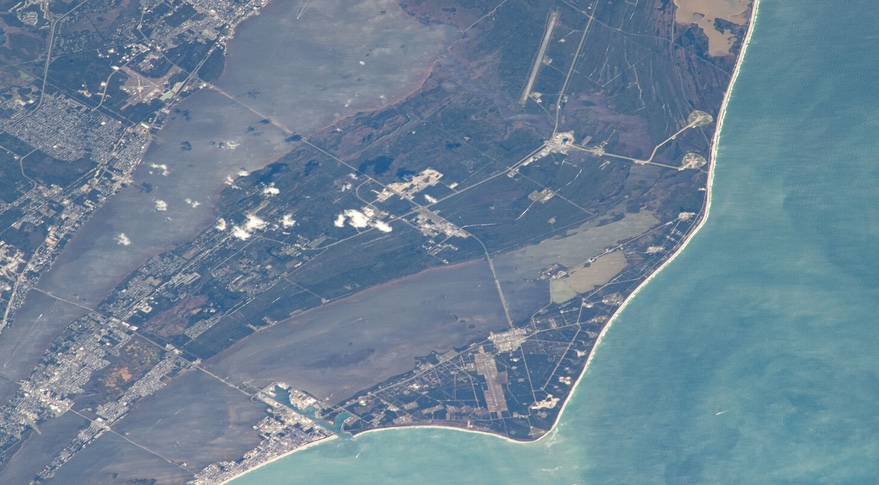ORLANDO, Fla. — The Space Force lacks spare parts for much of the equipment needed to support launches from the Eastern and Western Ranges, an issue that could loom larger as launch activities at both spaceports increase.
A report released by the Department of Defense Office of Inspector General Jan. 7 found that the Eastern Range at Cape Canaveral Space Force Station in Florida and the Western Range at Vandenberg Space Force Base in California continue to rely on aging equipment to support launches that, in some cases, forces the service to turn to marketplaces like eBay to find spare parts.
The review found that, of the various range items like radars, antennas and command destruct systems needed to support launches, 28% lacked spare parts because those items were obsolete. That includes equipment no longer manufactured, sometimes from companies now defunct.
The report noted one example of a telemetry antenna on the Western Range that was first operational in 1967. The service no longer had spares for it because the manufacturer was out of business. “According to the Space Force, the average age of range items with a potential mission impact and no available spares was more than 30 years old,” the report stated.
“During our site visit to Vandenberg,” the report added, “multiple personnel responsible for range item maintenance stated that they sometimes searched for spare parts for some components from resale sites, such as eBay.”
Range maintenance issues have not been a major issue for launches at either range in recent years. The report found no examples of range problems between January 2016 and March 2021 that caused a launch scrub other than a wildfire at Vandenberg in 2016 that damaged communications lines and postponed a launch.
However, the inspector general’s report cautioned that a projected surge in launch activity creates an “increased risk that aging range items with obsolete components could limit launch capacity” on the ranges. A Space Force forecast included in the report projected the number of launches on the Eastern Range to grow from 57 in 2022 to 119 in 2027, an increase driven almost entirely by commercial activity. The Western Range is projected to see an increase from 23 launches in 2022 to 38 in 2027, again because of commercial activity.
One approach to mitigate that risk is using autonomous flight safety systems (AFSS) on launch vehicles in place of conventional range safety systems, able to terminate a launch if a malfunction threatens safety. Space Launch Delta 45, which operates the Eastern Range, noted in the report that a recent launch of a vehicle without an AFSS required 29 range items to support, while one with an AFSS required only six. The Space Force requires all vehicles launching from the ranges to use an AFSS by October 2025.
In a talk Jan. 10 at the annual meeting of the Global Spaceport Alliance, an organization of current and prospective spaceports, Col. Mark Shoemaker, vice commander for operations of Space Launch Delta 45, said the range has been working to handle that increased launch demand by working cooperatively with launch companies and other organizations, like the Federal Aviation Administration, on ways to maximize the number of launches and decrease the advance notice needed for scheduling launches.
“In the end, we are all working towards the same goal: maximizing throughput, maximizing mission success, maximizing opportunity for all actors on the range,” he said. “We’ve been successful the last two or three years as the rates have gone up.”
That approach will only go so far, though. “At some point, within the current structures and the current institutions that we have, we’re going to hit a limit,” he warned. “I don’t know when and where that limit is, and I’m not sure we’ll know we’ve hit it until it’s right in front of us, but we’re trying to understand what is.”
The Space Force is working on range modernization efforts to address the concerns in the report, a project called Range of the Future. “It’s an unfortunate name,” said Col. James Horne, deputy director of launch and range operations for Space Systems Command at Patrick Space Force Base, at the Global Spaceport Alliance meeting. “We believe that it’s the ‘range of the now.’ There’s so many things that we’ve done just to enable the current surge we’re seeing in launch.”
“There’s still a lot more to do,” he added.
